At first glance, with their herculean stature and fluffy red coat, you might mistake a chow chow for a bear or a lion.
These intimidating yet cuddly-looking dogs are one of the oldest dog breeds in the world, dating way back to ancient East Asia.
Their aloof demeanor lends them to be loyal and protective companions to their family, letting only a couple of friends in on their affections.
Chow chows are not fond of young children, or other household pets that get in their space, so single-dog adults or families with older children are best for this breed.
Want to learn more? Keep on reading to find out everything you should know before buying this dog.
TABLE OF CONTENTS
What Is a Chow Chow? Breed Overview & Origin
The chow chow is a teddy bear-like dog with a large, fluffy coat and small black eyes.
This breed knows what they like and who they like, making them difficult to resocialize. Dedication and consistency is the way to their heart.
The American Kennel Club classifies this dog as a Non-Sporting breed (a group that is very diverse with its type of dogs).
Today, people enjoy the chow chow’s loyalty and beauty as a companion, but they also love their guard dog personality.
Breed Origin
From Adobe Stock
In ancient China, the chow chow was used as a war dog, fighting alongside soldiers, and for hunting down large game.
Their heavy coats also allowed them to withstand harsh weather, making them great sled dogs.
The breed was most commonly used as a guard dog, and their serious disposition leaves little room for playfulness.
Historians argue about whether this dog originated in China or Arctic Asia. Either way, the breed came out of East Asia over 2,000 years ago.
Their popularity bloomed once Queen Victoria adopted one, allowing the chow chow to eventually make its way West through trading ships in the 18th century.
The breed finally made it to the United States in the 1890s…
Are Chow Chow’s Recognized By Kennel Clubs?
The American Kennel Club recognized this breed in 1903, and today they show almost 10,000 different chows annually in the Grand Championship.
The chow chow club, is the official breed club responsible for educating to-be owners about the breed’s origin, welfare, health and breeder screening (to keep blood lines disease free).
| Size | 17 to 20 inches |
| Weight | 45 to 70lb |
| Lifespan | 8–12 years |
| Breed Type | Non-Sporting Group |
| Purpose | Companion Dog |
| Suitable For | Adults, Families with Older Children |
| Color | Red, Black, Blue, Cinnamon and Cream |
| Temperament | Dignified, Intelligent, Loyal, Stubborn and Serious |
| Other Names | Chow, Chowdren, and Puffy-Lion Dog |
Chow Chow Puppies
From Adobe Stock
These puppies are a delight to be around, simply because they look like little cotton balls with legs.
Some are shocked to find when they get a chow puppy, their little tongues are not the iconic blue-black color but pink – this is because their tongue darkens as the puppy gets older.
How Much Do Chow Chow Puppies Cost?
Chow litters can range from 4 to 7 little puppies, with a chow chow puppy costing an average of $900 USD.
Although, high-quality blood lines (i.e. winning pedigree) can go as high as $6,000 USD.
Coat color can affect prices too; such as how red is more popular than a cream coat.
Chows typically reach maturity at 1 to 2 years of age, at eight weeks, a puppy should weigh between 4 and 9 pounds:
| 3 | 20 to 25 |
| 6 | 40 to 50 |
| 9 | 45 to 62 |
| 12 | 45 to 70 |
If you are looking for a chow chow rescue, there are some organizations out there so you can find your very own teddy bear:
- Rescue Society
- Chow Information and Adoption Center
What Is a Chow Chow’s Temperament Like?
From Adobe Stock
Because they are aloof and prefer to have their own personal space when around others, this is one of those breeds that would be considered “cat-like”.
But do not disregard how, the chow chow can be extremely loyal to those it lives with and will protect them with its life.
They grow out of their puppyhood very quickly, lending them to be less playful than other dogs. They are not very welcoming to strangers, which can be an issue if not socialized enough.
Chow chows are known for their deep, loud bark.
This is perfect for anyone who wants a guard dog, but can quickly become annoying if not controlled.
With generations of guard work in their blood, this breed is excellent at recognizing a danger or threat. However, it is still important to take them to training, specifically for guardianship.
Their innate aggression needs to be worked on and controlled with consistent training, preferably with people that specialize in training guard dogs.
Chows are also known to be very stubborn, making training very difficult. It is important to have a consistent approach; owners will need a lot of patience when working with this dog.
Are Chow Chows Aggressive or Dangerous?
Overall, a chow chow prefers to be in a single-dog household with adults and older children.
This breed is not for families with young children or other pets.
They tend to be aggressive towards other dogs that they are not raised with, but, they excel at being a livestock guardian out in the field.
Younger children, who like to poke and prod at the family pet, are not the best for this breed because they like their personal space.
Early training and socialization are key if you really want to have this pet with younger children – however, we would recommend against this.
Appearance Of A Chow Chow Dog
The chow chow can be easily identified by their fluffy body (which resembles a lion’s mane), the curled tail, and iconic blue-black tongue.
Their outline is square in shape, their large head and straight back legs give them even more of a rigid definition.
This stiff definition and posture makes them walk with a stilted gait.
How Big Can A Chow Chow Get?
According to the Kennel Club, the average weight for males and females is between 45 to 70 pounds whilst standing from 17 to 20 inches tall.
They lean towards the heavier side of a medium breed, but not so big as to be considered a large breed; they are a happy middle between the two.
Color Variations
There are five colors that are acceptable in the show ring: Red, Black, Blue, Cinnamon, and Cream.
The chow chow can have a solid coat color, but some have lighter highlights on their underside and fur ends.
Their noses are typically black with a black mouth to match.
They do not have a coat pattern at all.
Coat
The chow chow can have a smooth or rough coat (both are double coats).
They only shed seasonally, and while they aren’t hypoallergenic, they keep your house hair-free most of the year.
Coat length is different with each dog: most have a very long coat, whilst others have a cropped cut.
From Adobe Stock
How To Groom A Chow Chow
Regular grooming appointments will be required to maintain a healthy coat.
At home, you will need to brush them 2 to 3 times a week, while taking special care to clean the wrinkles on their face.
Scheduled visits to the groomer will allows them to reach to the bottom layer of their double coat to remove any debris and mats that might have been missed.
Chow chow’s have sensitive skin, so shampoos that are not tough on the hair or skin are necessary.
Make sure you find a groomer that is familiar with the breed so they can clean your dog to the best of their abilities. Groomers should also take time to do eye and ear care (because their thick hair traps dirt).
How To Care For A Chow Chow Dog
From Adobe Stock
Caring for your dog is relatively easy, considering their large amount of hair.
Some chow chows are prone to food allergies, so be aware of what commercial dog food you are buying – consult your vet if it becomes an ongoing issue.
Training is the hardest part about owning this breed, so be prepared and have a lot of patience (keep on reading below).
What Do Chow Chows Eat?
| Daily Food Consumption | |
|---|---|
| Guide | 1,200 calories |
| Cups of Kibble | From Adobe Stock |
This dog has a feeding routine that is a little more complicated than most breeds.
They are prone to allergies, specifically in the skin, which are triggered by eating a lot of meat.
This does not mean that they should not eat protein at all.
Protein is extremely important to keeping muscle while maintaining a healthy coat; the chow just has to get protein through other foods.
For every pound of their ideal body weight, the chow chow needs 1 gram of protein every day.
This breed should be fed half of their food in the morning and the other half at night, allowing them to get a steady stream of calories throughout the day whilst avoiding the dangers of bloat.
Depending on the adult weight of your dog, they should be fed around 3 to 5 cups of kibble a day.
How Much Exercise Does A Chow Chow Need?
| Daily Exercise Requirements | |
|---|---|
| Minutes | 40 to 60 minutes |
| Activity Level | From Adobe Stock |
The chow chow is not a very active breed.
A long walk every day is enough for them to stay fit and happy.
They instead prefer to stay with their family or on their territory to protect them, lending them to a lot of laying around or pacing.
When walking with your dog, never take them off-leash unless you are in an enclosed area.
Their aggressive temperament is too unpredictable to trust they will stand down from guarding without extensive training.
This breed is not known to be very playful, but doing activities that engage both you and your dog strengthens your bond significantly.
They do not excel at dog sports; their stocky body is built more for strength than speed like those on the agility courses.
Their stubbornness also lends them to not be good participants in obedience competitions, unless you are truly ready to work with them on listening to your commands.
How To Train A Chow Chow
Training this breed is the hardest part about adopting them.
They are a stubborn, proud animal that prefers to think for themselves.
A consistent, experienced parent is needed to train a chow chow. This will help to bring them from thinking everything is a threat, to being confident in their owner to take control of the situation.
Positive reinforcement with treats and consistent application is the best way to train this dog.
Health Concerns
Allergies are the most common illness this breed can suffer from, whether they be food or skin allergies.
They are also prone to eye issues, hip dysplasia, and thyroid problems.
These can all be managed by keeping them healthy in their youth and adulthood, but also by responsible breeding.
Eyelid entropion is a genetic problem where the eyelid is folded inwards, causing massive irritation.
By keeping good records and having routine vet check-ups, chow chow breeders will be able to reduce the number of dogs with these issues in future generations.
Summary
The chow chow is truly one of the most magnificent dog breeds.
They are stoic and regal, providing guardianship to those they love most, and are ready to take on any working job.
Although they are stubborn and hardheaded, it is worth every second to get to know and train this breed.
Their grooming requirements are a bit more than your average breed, as well as their feeding needs (to avoid allergies), however, it does not equate to the loyalty and sound sleep owners will have with this lion-like protector in their home.
Let us know what you think of the herculean and devoted pet in the comments.
Chow Chow FAQs
- What are chow chows like as pets?
- How much do chow chows shed?
- Do chow chows like water?
- Do chow chows smell bad?
- Why do chow chows have a bad reputation?
- What were chow chows bred for?
- Where are chow chows from?
- Why do chow chows have purple tongues?
- How big do chow chows get?
- How much exercise do chow chows need?
- How long do chow chows live?
- How much do chow chows cost?
- Is a chow chow a lazy dog?
- Are chow chows aggressive?
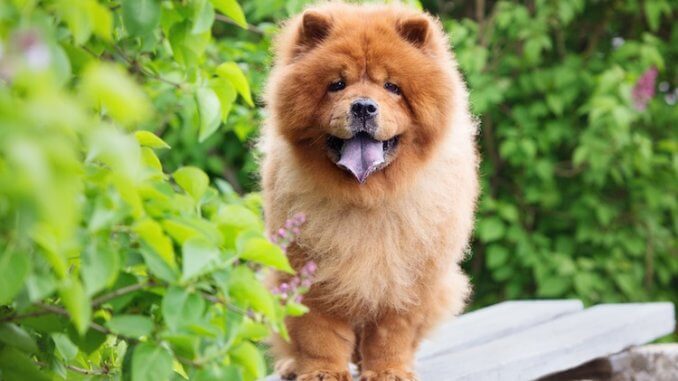
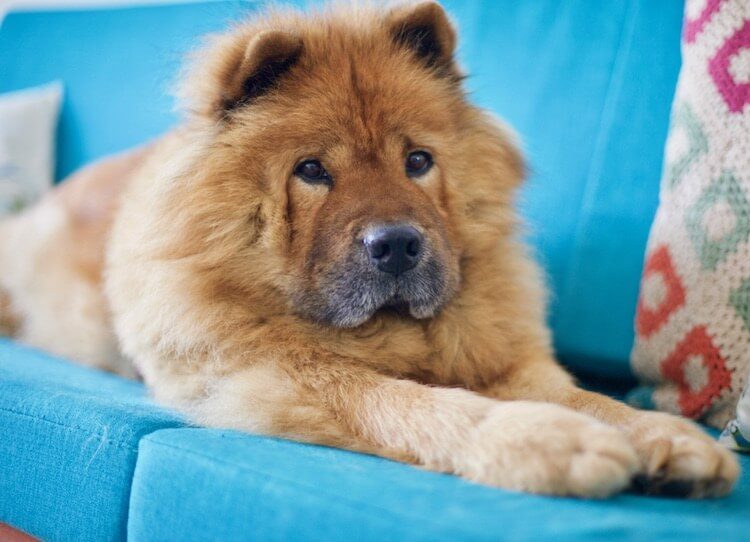
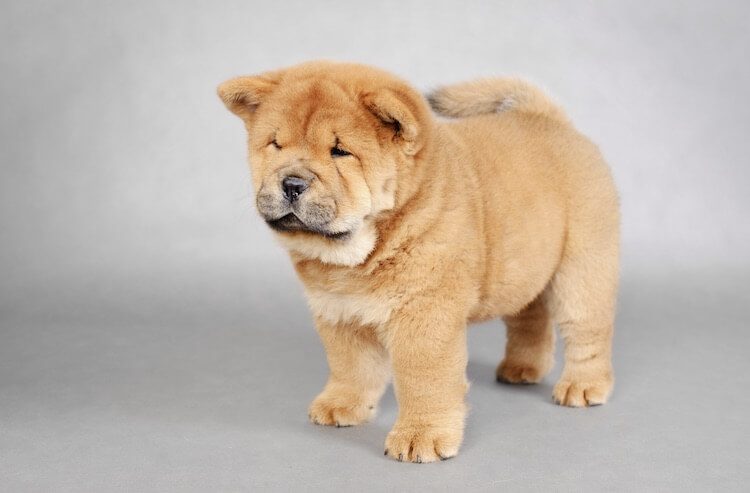
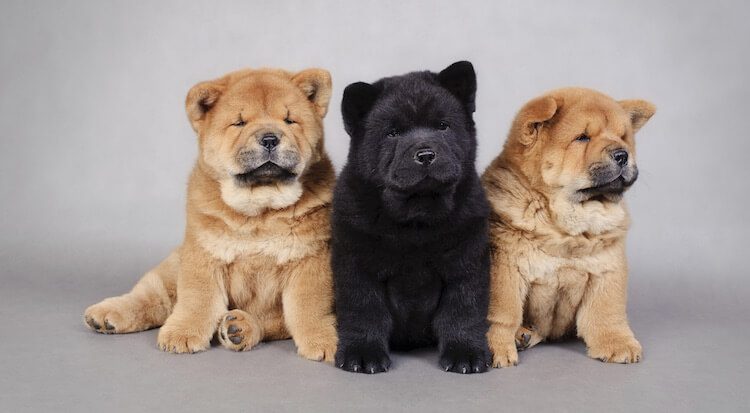
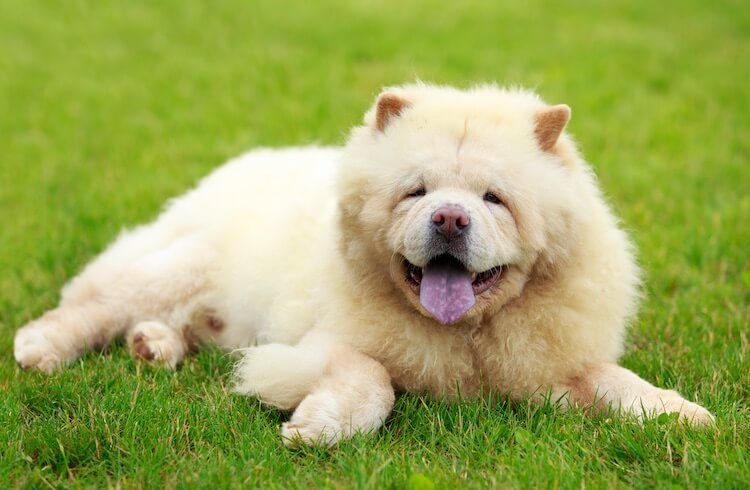
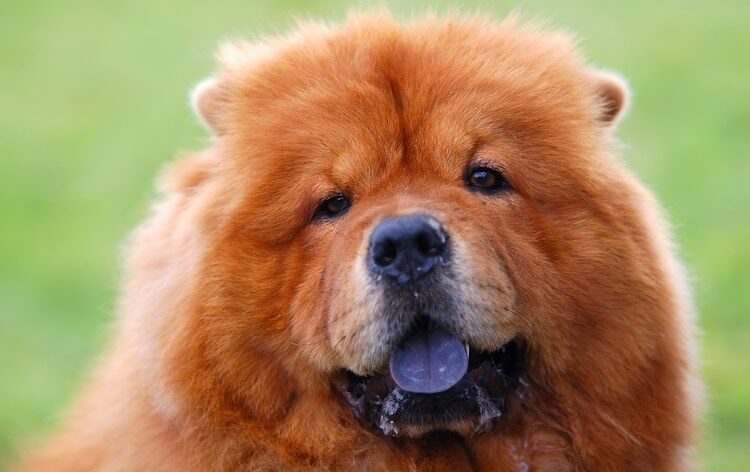



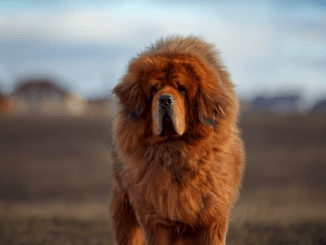
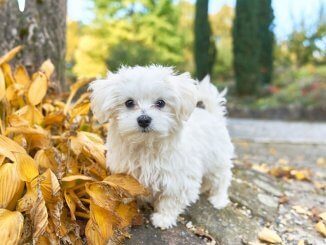
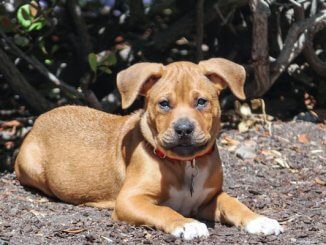
There is NO other canine BUT the Chow Chow!!! That is all that needs to be said. I’ve been owned by 12 and couldn’t have had a happier pet life. But they are very distinguished and will take over if allowed. Treated as an equal “human being” there should be few problems from your lion